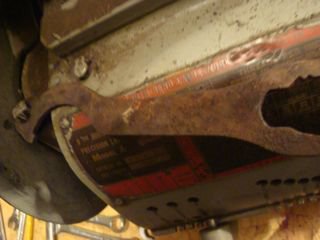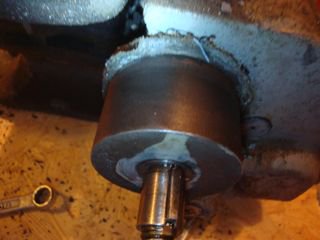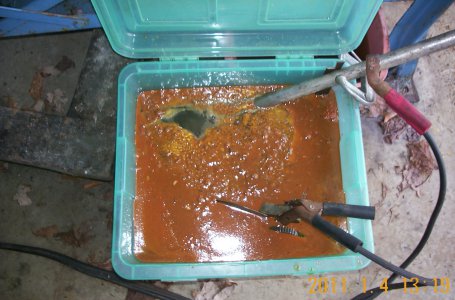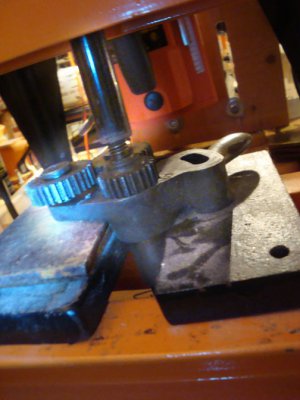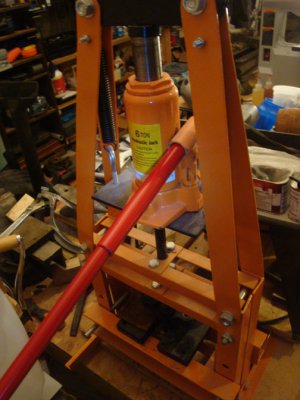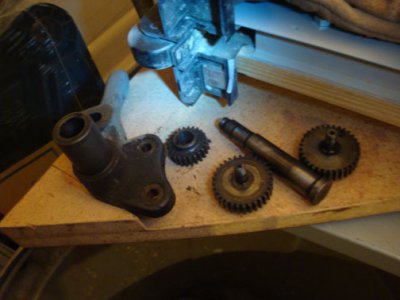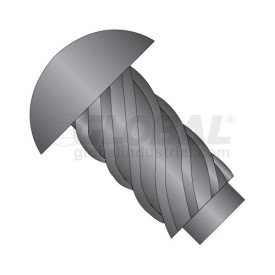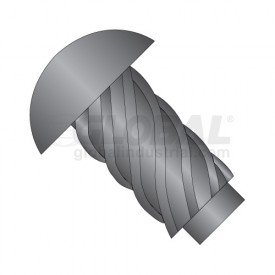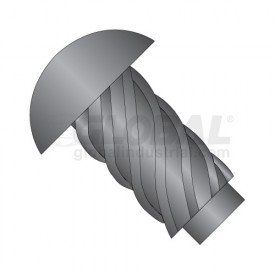thanks for the tips and encouragement!!! I'm using Adobe After Effects at work so when I'm finally done with the rebuild I'll try and hook you guys up with a video tutorial, not for you but for beginners.
It's back to work today, haven't done anything yet as I'm involved in some honey-do projects, if you know what I mean.
The main shaft on the reverse assembly is supposed to house a long keyway into which a strip of Type 3 felt is supposed to be inserted so I'll try and pop them out today.
I'll reserve electrical for last. The wiring is so old you can smell the decay from the insulation.
Anyway, I'm very glad so far that I'm doing the rebuild. At the worst, I break something and get a replacement. After all it's for hobby use anyway, not livelihood, so why rush it. I'm gaining a better appreciation and understanding for the workings and craftsmanship and after removing some parts and seeing the caked on crude and seeing no oil coming out of the carriage underside plug, I guess the rebuild was past due.
For instance, look at the worn washer on this screw gear.
Lastly, do you guys remove the threading chart before painting and then replace it? Mine looks pretty worn (see photo)? Looks like some work involved in removing it, but that's for later. Oh, sorry, there's some sort of gun tool over the plate I was using to turn the square bolt that holds the gear bracket in place during the documentation phase.
Also, another question. Should the motor be dissassembled for cleaning? I understand there are parts that might need cleaning and perhaps repacking? The book didn't get into this, maybe b/c there's so many types of motors. Mine's 1/2HP, 1,750 RPM, the original GE
